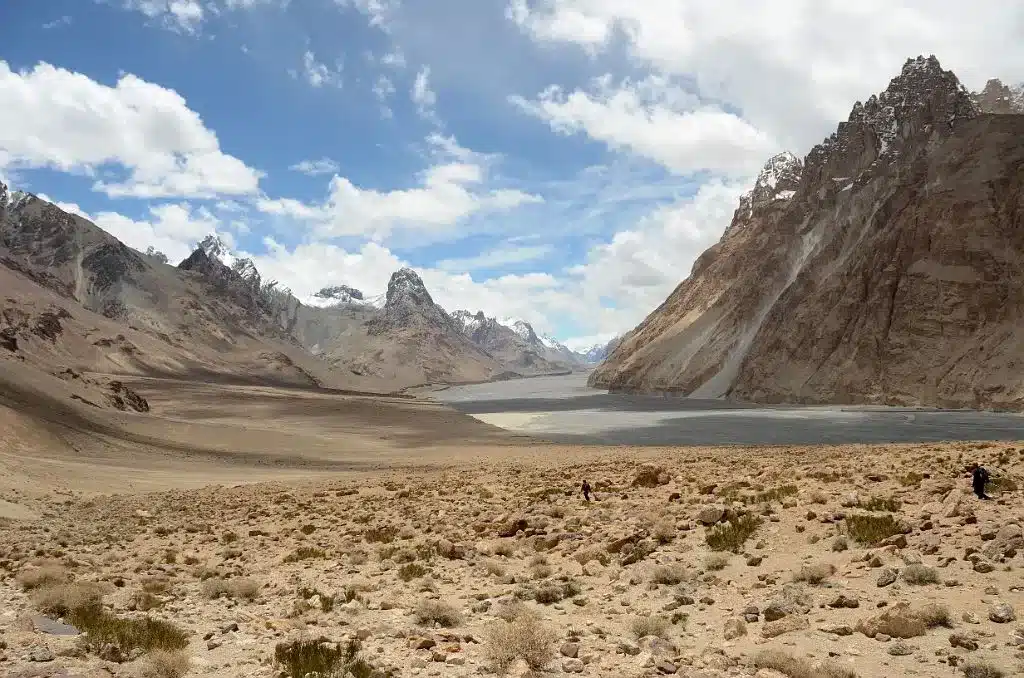About Shaksgam Valley
- The Shaksgam Valley, or Trans Karakoram Tract, is part of the Hunza-Gilgit region of Pakistan-Occupied Kashmir (POK) and is a disputed territoryclaimed by India but controlled by Pakistan.
- It borders Xinjiang Provinceof the People’s Republic of China (PRC) to the north, the Northern Areas of POK to the south and west, and the Siachen Glacier region to the east.
- It was ceded to China by Pakistanin 1963, when both countries signed a boundary agreement to settle their border differences.
- However, Article 6 ofthe agreement clearly stated that “the two parties have agreed that after the settlement of the Kashmir dispute between Pakistan and India, the sovereign authority concernedwill reopen negotiations with the Government of the People’s Republic of China, on the boundary as described in Article Two of the present agreement, so as to sign a formal Boundary Treaty to replace the present agreement.”
- The agreement laid the foundation of Karakoram highway, which was built jointly by Chinese and Pakistani engineers in the 1970s.
Q1: What is the strategic importance of Siachen Glacier?
Located at a height of around 20,000 feet in the Karakoram Mountain range, the Siachen Glacier is known as the highest militarized zone around the world. It is located so strategically that while it dominates Shaksgam Valley (ceded to China by Pakistan in 1963) in the north, controls the routes coming from Gilgit Baltistan to Leh from the west, and at the same time, it dominates the ancient Karakoram Pass in the eastern side too. Further, towards the west, it observes nearly the entirety of Gilgit Baltistan, which too is an Indian territory illegally occupied by Pakistan in 1948.
Source:India lodges protest with China over its infra development in Shaksgam valley
Last updated on December, 2025
→ Check out the latest UPSC Syllabus 2026 here.
→ Join Vajiram & Ravi’s Interview Guidance Programme for expert help to crack your final UPSC stage.
→ UPSC Mains Result 2025 is now out.
→ UPSC Notification 2026 is scheduled to be released on January 14, 2026.
→ UPSC Calendar 2026 is released on 15th May, 2025.
→ The UPSC Vacancy 2025 were released 1129, out of which 979 were for UPSC CSE and remaining 150 are for UPSC IFoS.
→ UPSC Prelims 2026 will be conducted on 24th May, 2026 & UPSC Mains 2026 will be conducted on 21st August 2026.
→ The UPSC Selection Process is of 3 stages-Prelims, Mains and Interview.
→ UPSC Result 2024 is released with latest UPSC Marksheet 2024. Check Now!
→ UPSC Prelims Result 2025 is out now for the CSE held on 25 May 2025.
→ UPSC Toppers List 2024 is released now. Shakti Dubey is UPSC AIR 1 2024 Topper.
→ UPSC Prelims Question Paper 2025 and Unofficial Prelims Answer Key 2025 are available now.
→ UPSC Mains Question Paper 2025 is out for Essay, GS 1, 2, 3 & GS 4.
→ UPSC Mains Indian Language Question Paper 2025 is now out.
→ UPSC Mains Optional Question Paper 2025 is now out.
→ Also check Best IAS Coaching in Delhi

















